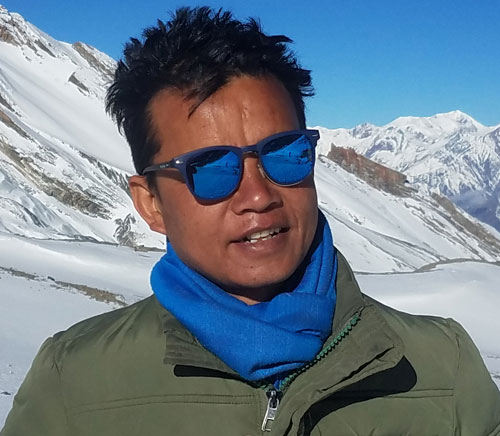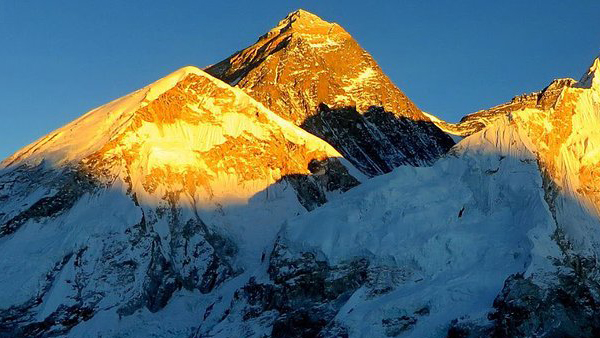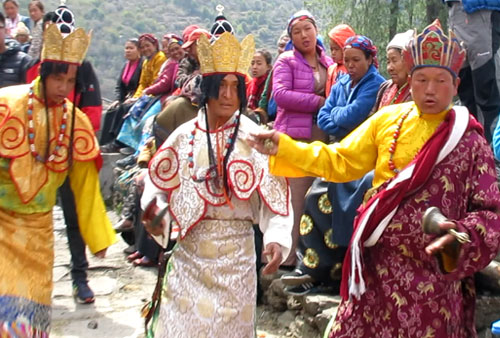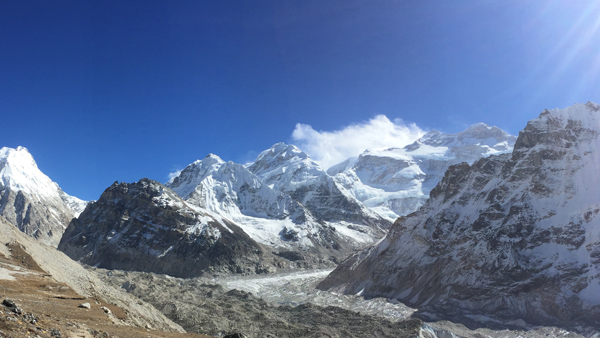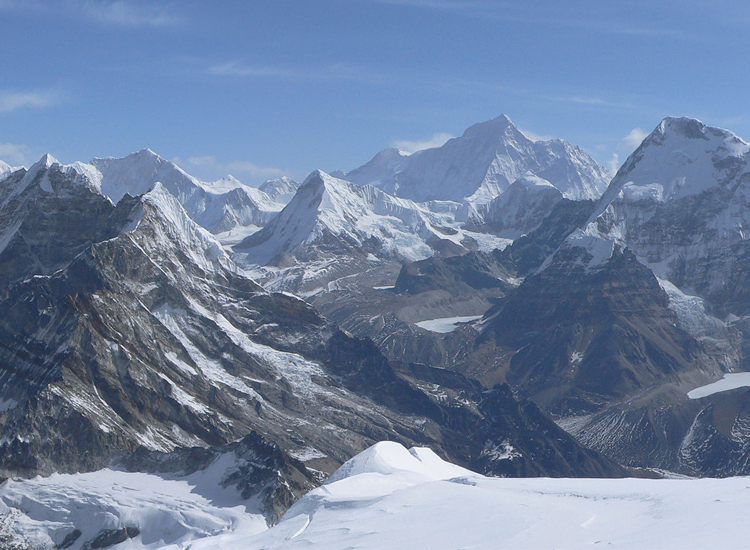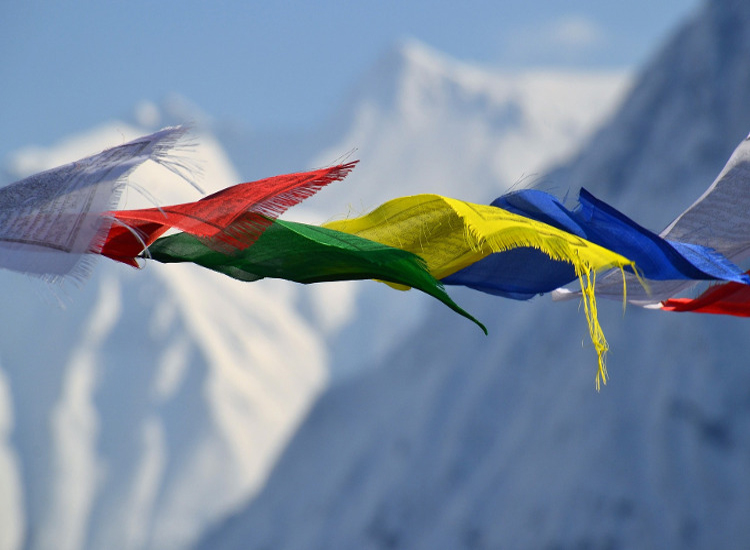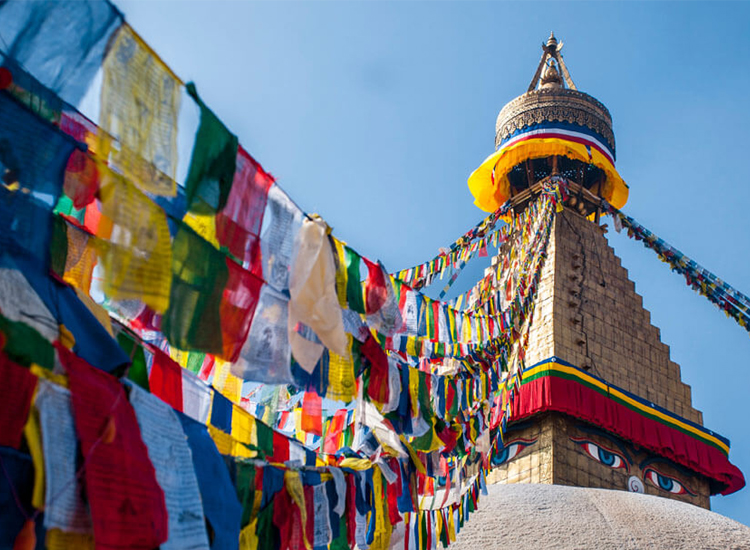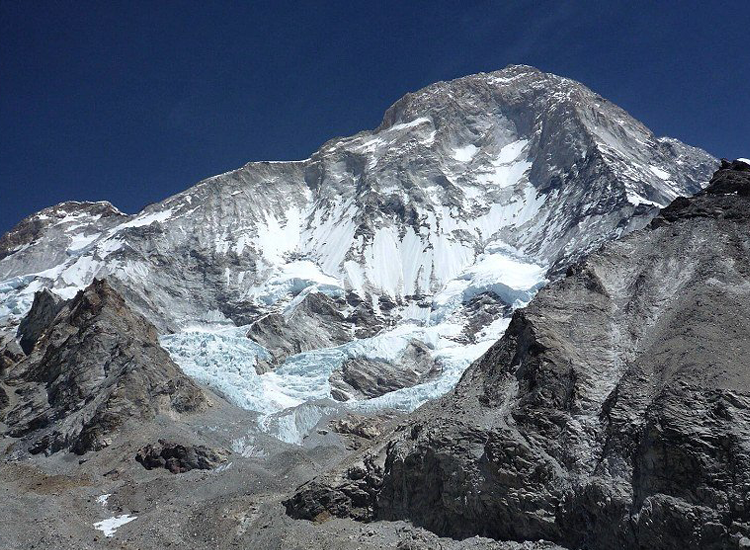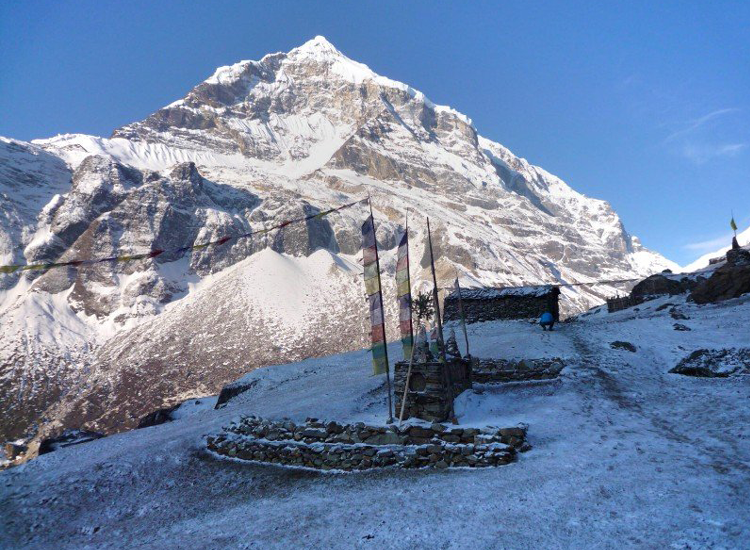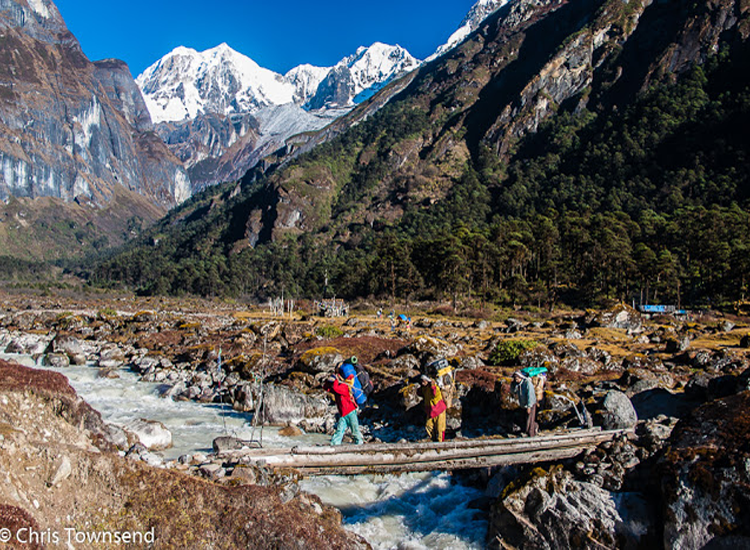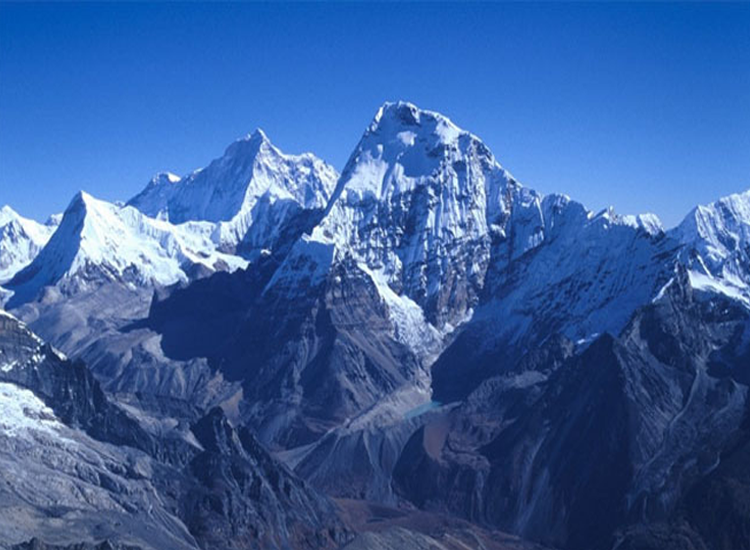Additional Options:
+Additional porter:
We plan with one porter per 2 clients. If you require additional support, you can book an additional porter for the trip to lighten your load. A porter carries your bag pack for you and no more (20kg max. They don't often speak any English. They carry two backpacks that they will strap together. But you are strictly prohibited not take advantage of the porter. They are usually very proud people and will attempt to carry things that are just too heavy. Which is not good. You can leave your unnecessary stuff in Kathmandu your hotel or our office you will not need on the trek.
Have a take a small personal daypack with you. Your daypack should contain everything you need during the day but keep it as light as possible. Examples: water, some warm clothing, your camera, sunscreen, etc. Note that luggage you hand the porters might not be available to you during the day as they sometimes set their own pace.
+ Hotel upgrade in ktm:[€60 for 5* hotel Per night]
If you feel like a little luxury before and after your trek, you can upgrade your hotel in Kathmandu to 5* category.
Nepal Visas
You need a visa for Nepal, which can be obtained in advance or on entry. If you wish to apply before departure the current visa cost is £20 for a 15-day visa and £35 for a 30-day visa for UK passport holders. The current cost of a visa on arrival is US$25 for 15 days, US$40 for 30 days or if extending your stay $100 for 90 days. All are multiple entries. The visa on arrival fee can be paid for in cash in US Dollars, Pounds Sterling or Euros. You will also need a passport photo. Application forms are available in the immigration hall (or for electronic passports, there are visa registration machines which, after inserting your passport, automatically fill out a form for you). You must firstly join the queue to pay the visa fee and then go to the relevant immigration desk to obtain your 15, 30 or 90-day visa stamp. There can be long queues for visas on arrival.
Flexible Timing
The flight from Kathmandu to Lukla significantly reduces the journey time compared to the trek via Jiri (which we also offer). The flight is the shortest and most popular way of gaining access to the region but the mountain weather is notoriously unpredictable and sometimes even during the best part of the season, flights are delayed or postponed for one or more days. We can also arrange for a Heli charter from Kathmandu to Lukla instead but this adds significant extra cost. We highly recommend that you take potential delays into account and allow for a week extra day in Kathmandu.
Money and Gratuity
Money and Gratuity; It is best to bring a mixture of cash and traveler’s checks in a major currency [some currencies are not convertible to NPR]. USD, GBP, CAD, EUR, and AUD are generally fine. Ensure you have also small denominations. As a guideline for baseline spending money we suggest USD 8 - 10 per meal in Kathmandu / Pokhara and USD 30 – 35 per day whilst trekking in the Annapurna region (if you drink or smoke or plan some major shopping this could be higher). You should exchange enough money into Nepalese Rupees to last the entire time of your trek BEFORE leaving Kathmandu. There are no exchange facilities in the villages along the trail but plenty of money changers in KTM.
Gratuity is, Since the 1960s when trekking in Nepal was developed, there has been a tradition for groups and independent visitors to gratude their crews at the end of a trek but gratuity are not included in the trip price. If you are happy with the performance of the trekking staff, we suggest the following as a minimum: USD 7 per day of the wages or around one day’s wage for each week on a trek. As a rule, and through tradition, the head cook should get a little more than the porters and ‘Sherpa’ and kitchen crews. The Sardar and Leader/Guide should get a little more again.
Drinking Water
Staying hydrated is important when undertaking any physical activity but particularly so at altitude where it is generally recommended to drink at least 3-4 litres per person per day.
We strongly encourage you not to buy bottled water on trek as this contributes to the growing problem of plastic pollution in Nepal’s trekking areas.
All tea houses will provide cold water free of charge, if requested. Although this should not be drunk untreated, we recommend that you bring a reusable bottle with a wide opening (Nalgene or similar) with you and use a SteriPEN to treat it with. A SteriPEN is a handheld UV water purifier – small, lightweight and battery powered so easy to pack for a trek. In Nepal’s trekking regions most of the bottled water isn’t strictly ‘mineral water’ anyway but is UV treated, so it’s exactly the same technology. It’s quick to use, far more effective than purification tablets, and the water is ready immediately. It’s fine to use a SteriPEN on non-boiled water so long as it isn’t cloudy or full of sediment (which is uncommon in these regions).
SteriPENs are widely stocked on Amazon, outdoor shops and other online retailers; look for the latest models but avoid USB charging ones. Better still, a SteriPEN will pay for itself over the course of the trek and you won’t leave behind a single plastic bottle – you will end up spending the same or even less than you would on bottled water, plus you can keep it for future trips.
If you prefer not to invest in a SteriPEN, the tea houses also sell boiled water for approx. Rs150-300 per litre (the price increases the higher you trek) which should not require treating. This is also perfect for a bedtime refill as it can double up as a hot water bottle.
While camping boiled water is supplied for drinking.
Weather
The main trekking season in Nepal is from October to mid-May when daytime temperatures at most altitudes are generally comfortable for walking, the sky is clear much of the time and rain and snow are occasional occurrences. Daytime temperatures will vary from 15ºC to 35ºC in the Kathmandu Valley to around 10ºC at 3,600m and progressively lower the higher we go.
Different seasons offer different advantages for trekking.
Post Monsoon/autumn: Mid-September to November. This is the main trekking season in Nepal. Day temperatures in Kathmandu are approximately above 20ºC. Skies are usually clear and days on trek are sunny and mild with clear mountain views. At the highest altitudes although the days can be nice and sunny the temperatures can drop to 10ºC and much lower. Nights will be colder with temperatures dropping as low as minus 10ºC and lower at the highest altitudes.
Pre-monsoon/spring: March to May. Both day and night temperatures will be warmer in general but haze will often build up in the afternoons. It is very hot in the lowlands and temperatures rise to 35ºC in Kathmandu. Flowers bloom in this season and this is one of the reasons people chose to trek in spring.
Snow can be expected on any departure, usually at the higher altitudes. Summit day will be a very early start (usually about 2am) and will be extremely cold. Although mostly it is calm and clear on summit day the mountain does occasionally get high winds. You need to be equipped for temperatures as low as minus 25ºC plus wind chill on summit day.
Please remember that in any mountain area the weather is never wholly predictable and you should be prepared and equipped to deal with any differences in weather beyond the conditions described above.

